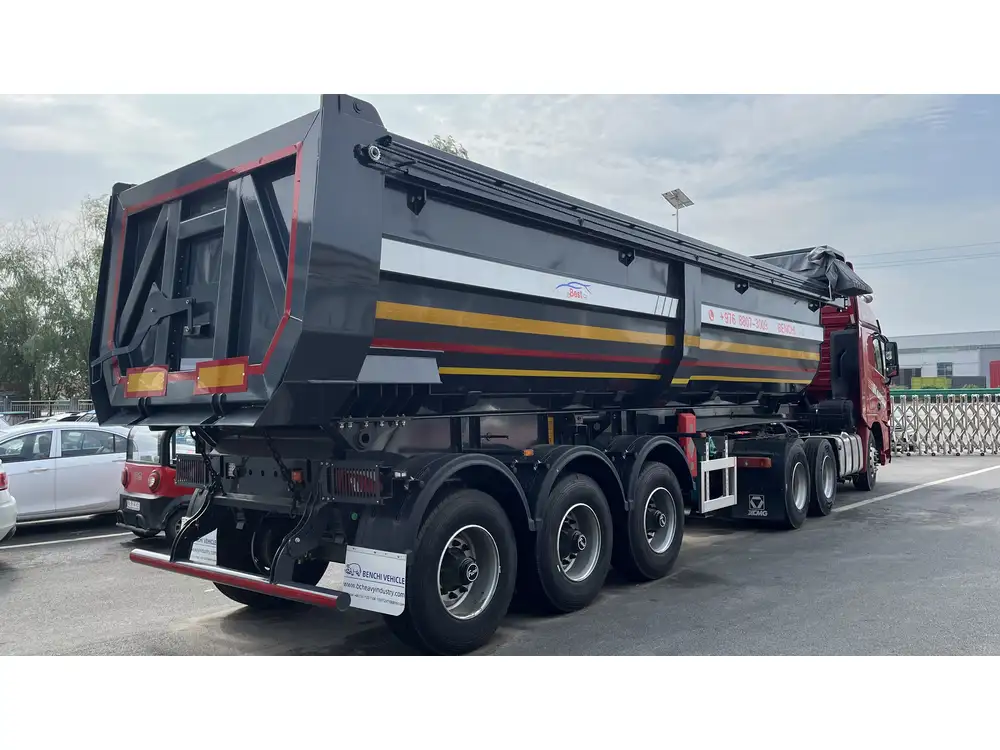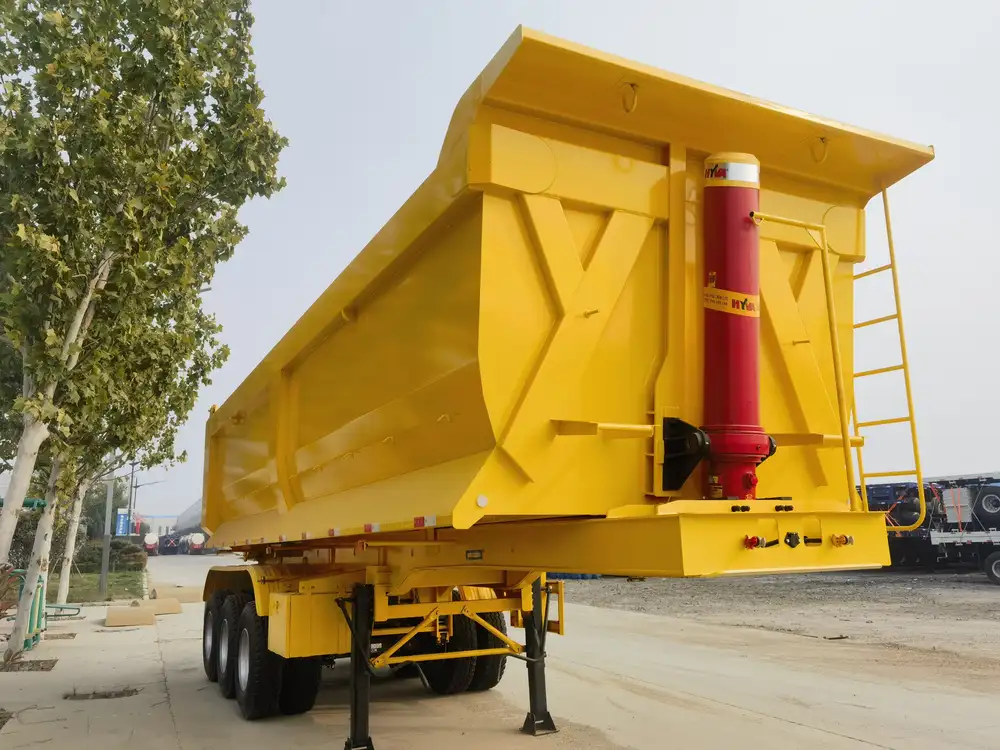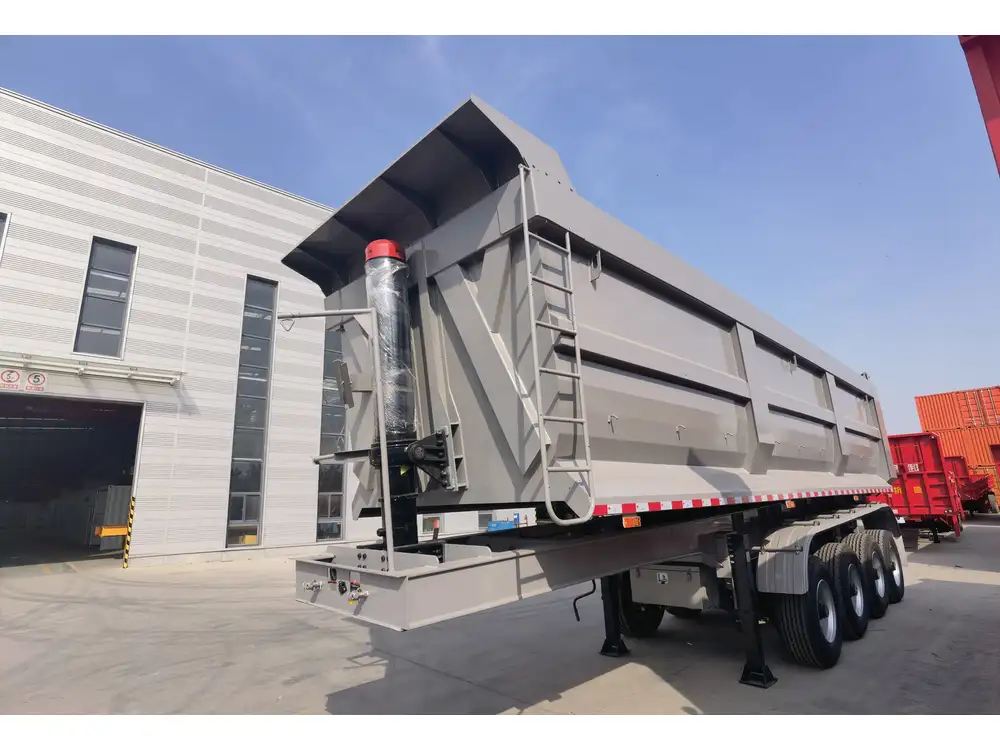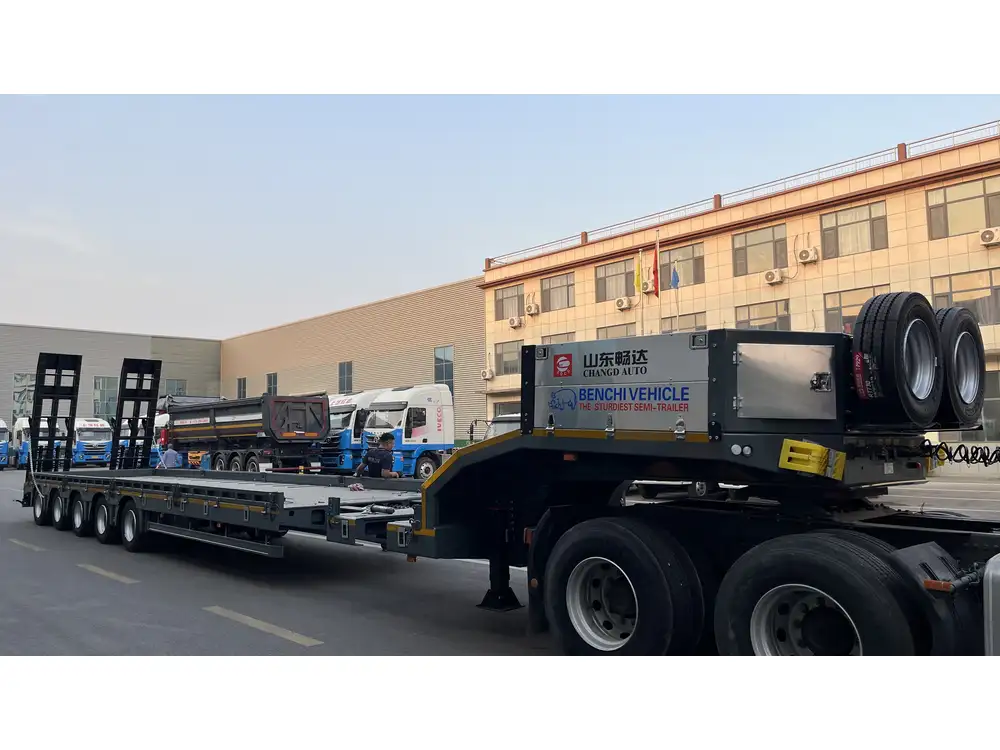In the ever-evolving world of transportation and logistics, selecting the right type of trailer is pivotal to the efficiency and success of your operations. For businesses that rely on the movement of materials, two types of trailers often come into consideration: dump trailers and flatbed trailers. Understanding the nuances, advantages, and limitations of each can help you make an informed decision. In this article, we dissect the complexities of dump and flatbed trailers, exploring various dimensions such as usage, cost-effectiveness, load capacity, and operational efficiency.
Overview of Dump Trailers
Design and Structure
Dump trailers are designed with a specific purpose: to carry loose materials such as dirt, gravel, sand, and more. They usually feature a hydraulic lift system that allows the rear or side of the trailer to tilt, facilitating the easy unloading of its contents. Key design elements include:
- Hydraulic Lift System: Enables swift, efficient unloading.
- High Sides: Offers increased capacity for bulk materials.
- Robust Construction: Usually made from durable materials to withstand heavy usage.

Advantages of Dump Trailers
Efficiency in Unloading:
- The hydraulic system allows for quick unloading without needing manual labor or additional machinery, saving time on the job site.
Versatility:
- Suitable for various materials (soil, asphalt, construction debris) making them ideal for construction, landscaping, and agriculture.
Stability during Load Transport:
- The design minimizes shifts in load during transportation, enhancing safety during transit.
Disadvantages of Dump Trailers
Weight Limitations:
- Generally, the hydraulic lift system adds weight, which can restrict the total load capacity.
Maneuverability:
- These trailers can be less flexible on narrow job sites compared to flatbeds.
Cost Factor:
- The addition of hydraulic mechanisms can make dump trailers more expensive than simpler trailer designs.
Overview of Flatbed Trailers

Design and Structure
Flatbed trailers boast a straightforward, open design that allows for the transport of large, heavy items. They are characterized by their platform structure without sides or a roof, providing versatility for various freight types. Key features include:
- Open Deck Design: Facilitates loading and unloading from any side.
- Versatile Tie-Down Points: Smart integration of hooks and straps ensures secure transportation of diverse loads.
- Varied Sizes: Available in multiple lengths and widths to fit specific load requirements.
Advantages of Flatbed Trailers
Ease of Loading/Unloading:
- The open design allows for quick access, including the use of forklifts, cranes, or straps, making it suitable for heavy machinery and freight containers.
Versatile Freight Types:
- Ideal for transporting oversized or irregularly shaped loads, including machinery, lumber, steel, and more.
Cost-Effectiveness:
- Generally more affordable due to simpler construction and fewer mechanical components.
Disadvantages of Flatbed Trailers
Exposure to Elements:
- Since flatbeds lack sides and a roof, the cargo may be exposed to weather conditions, necessitating tarps or additional protective measures.
Securing the Load:
- Flatbeds require effective load securing, which can involve additional time and equipment.
Risk of Load Movement:
- Improperly secured loads can shift during transit, posing safety risks.

Comparison Table: Dump vs. Flatbed Trailers
| Feature | Dump Trailers | Flatbed Trailers |
|---|---|---|
| Design | Enclosed sides, rear hydraulic lift | Open deck without sides or roof |
| Ideal Cargo | Loose materials (dirt, gravel) | Heavy, oversized, or irregular loads |
| Loading Method | Hydraulic lift for dumping | Forklifts, cranes, manual loading |
| Weight Capacity | Typically lower due to hydraulic system | Higher due to open design |
| Cost | Generally higher due to complexity | Generally lower |
| Maneuverability | Limited in narrow areas | More maneuverable |
| Weather Protection | Somewhat protected | Unprotected, needs covers |
Decision Factors: Choosing Between Dump and Flatbed Trailers
1. Type of Load:
- Assess whether your primary materials are loose or compact. If you handle granular materials like sand, a dump trailer is indispensable. However, if your business frequently deals with larger machinery or bulky items, a flatbed trailer is ideal.

2. Operational Efficiency:
- Examine the operational processes. Do you often require rapid unloading? The efficiency of a dump trailer can significantly reduce idle time on job sites.
3. Cost Implications:
- While appeal can arise from low initial purchase costs of flatbed trailers, consider long-term expenses including maintenance, insurance, and operational efficiency. A well-chosen trailer can lead to improved profit margins.
4. Environmental Considerations:
- Depending on your location, transporting materials may invoke various regulations related to dust control or emissions. Choosing the right trailer can help mitigate these concerns, enhances compliance, and ultimately reflects your company’s commitment to environmental standards.

Additional Factors to Consider
Accessibility and Space Constraints
When transporting materials in urban settings or congested job sites, space becomes a critical factor. Dump trailers can struggle in tight spaces, while flatbeds offer a notable advantage due to their smaller turning radius.
Seasonal Considerations
In inclement weather or seasonal changes, loose materials might become problematic. A dump trailer’s design facilitates the handling of materials that require covering, whereas the open nature of flatbeds can be detrimental in adverse weather.

Insurance and Liability
Insurance rates can differ widely based on the type of trailer. It’s worth investigating how your chosen trailer might impact your premiums. Often, flatbed trailers can present lower liability risks compared to dump trailers due to their versatility and ease of securing loads.
Conclusion: Making the Right Choice
As we conclude our exploration of dump and flatbed trailers, the decision ultimately hinges on your specific operational needs, budget, and material handling requirements. Assessing factors such as load type, operational efficiency, and even seasonal challenges will guide you to the most suitable option.
The goal is to minimize inefficiencies and risks while maximizing productivity and safety. Investing time and resources into selecting the right trailer will not only enhance your operational capabilities but also position your business for success in a competitive landscape.
As you ponder the question—“Which do you prefer: a dump or flatbed trailer?”—consider how each option aligns with your broader business goals. Each trailer type offers unique benefits and specific drawbacks. Identifying your precise needs is crucial in ensuring a seamless alignment with industry demands and project requirements.
By taking deliberate steps to understand the intricacies of both dump and flatbed trailers, your informed choice will bolster logistics operations and ultimately contribute to the growth and efficiency of your business.



